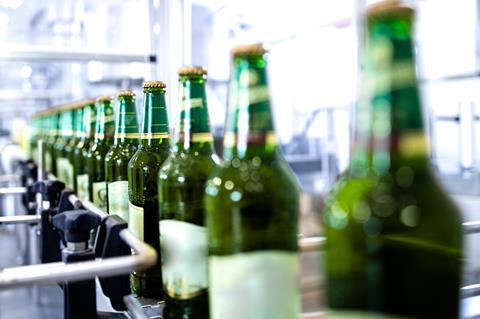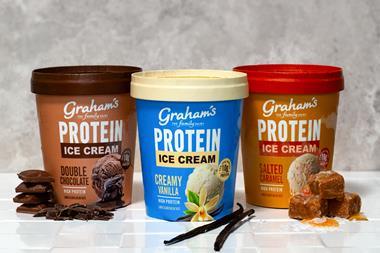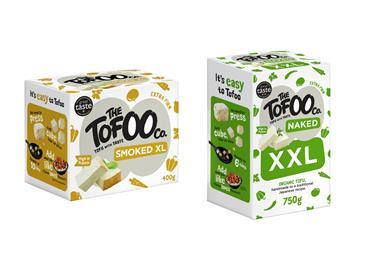
If necessity is the mother of innovation, what will be the result of a four-pronged set of challenges? Observers of the drinks industry might be about to find out.
Rising logistics costs driven by energy price spikes, structural changes to the global freight industry, geopolitical wrangling and trade flows disrupted by war and lockdowns pose problems to boardrooms across the industry.
Taken together, these challenges have pushed up transportation costs, hit availability of key ingredients and made producing and bottling drinks a more expensive affair – incentivising beverage companies to reassess their supply and route-to-market strategies.
The traditional approach of brewing and packaging a product in its home market before shipping to consumers abroad looks to have gone down the drain.
By accident or design, some acted early to stave off the current challenges. AB InBev’s decision to move production of Stella Artois for American drinkers to the US is one of the more notable recent examples.
The move is helping the business save on transportation. The costs to ship beer from Europe to North America have increased from $0.17 per litre in early 2021 to $0.61 per litre today. The savings are more impressive when you consider the business currently makes around $0.50 per litre in profit on an average beer in the region.
But how many lessons can the average brewer or drinks brand learn from one of the biggest players in the industry? Not all that many, in reality. AB InBev’s approach is compelling, but only really feasible because it already owns a network of local breweries in the US. Most other brands don’t have that luxury.
A hybrid model
Outside of the giants such as AB InBev, we’re likely to see many pursue a hybrid model consisting of producing centrally and bottling closer to the consumer.
Wine manufacturers have led the way here for a decade. But beer brands – as well as other beverage producers – are catching up and have more options at their disposal than ever before.
The benefits of this model will be incremental but impactful. A 20-foot container can hold 115hl of bottled beer, but 250hl in its raw, unpackaged form. Prior to the escalation in freight prices, bulk shipping would have freed up around $0.09 per litre in logistics savings on the Transatlantic route. Today that figure stands at $0.33 per litre.
This model can also reduce a firm’s Scope 3 emissions. One advantage it offers is the option to bottle in reusable containers compatible with recycling regulations in the local market, rather than in single-use bottles. Both Heineken and AB InBev estimate the carbon footprint of a reusable bottle is six to eight times smaller.
Finally, maintaining production in a drink’s home market can also help retain its authenticity – whether that’s simply a consumer preference for beer brewed in Germany or wine from France, or because it has a protected designation of origin.
Long-term benefits
The past 40 years have been marked by efficiencies within the logistics industry and declining trade barriers. These changes have been kind to drinks brands, allowing them to invest in other innovations such as low-calorie or non-alcoholic versions of their most popular ranges.
The pendulum swinging in the other direction will prove challenging in the short term. While there is no optimal operating model, external factors affecting the structural make-up of the sector will promote operations that maintain a drink’s authentic appeal, drive efficiencies in supply chains and make them more sustainable.
Both consumers and brewers alike will drink to that in the long run.



















No comments yet